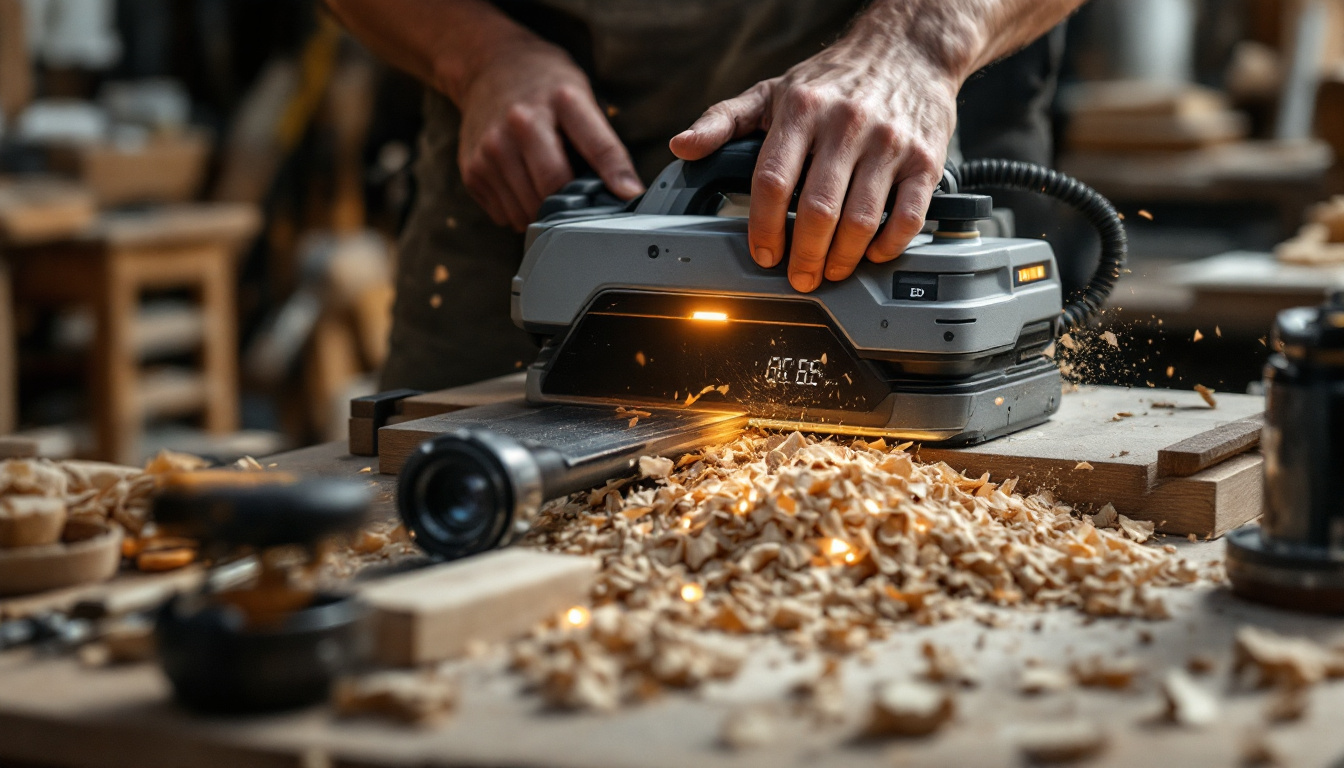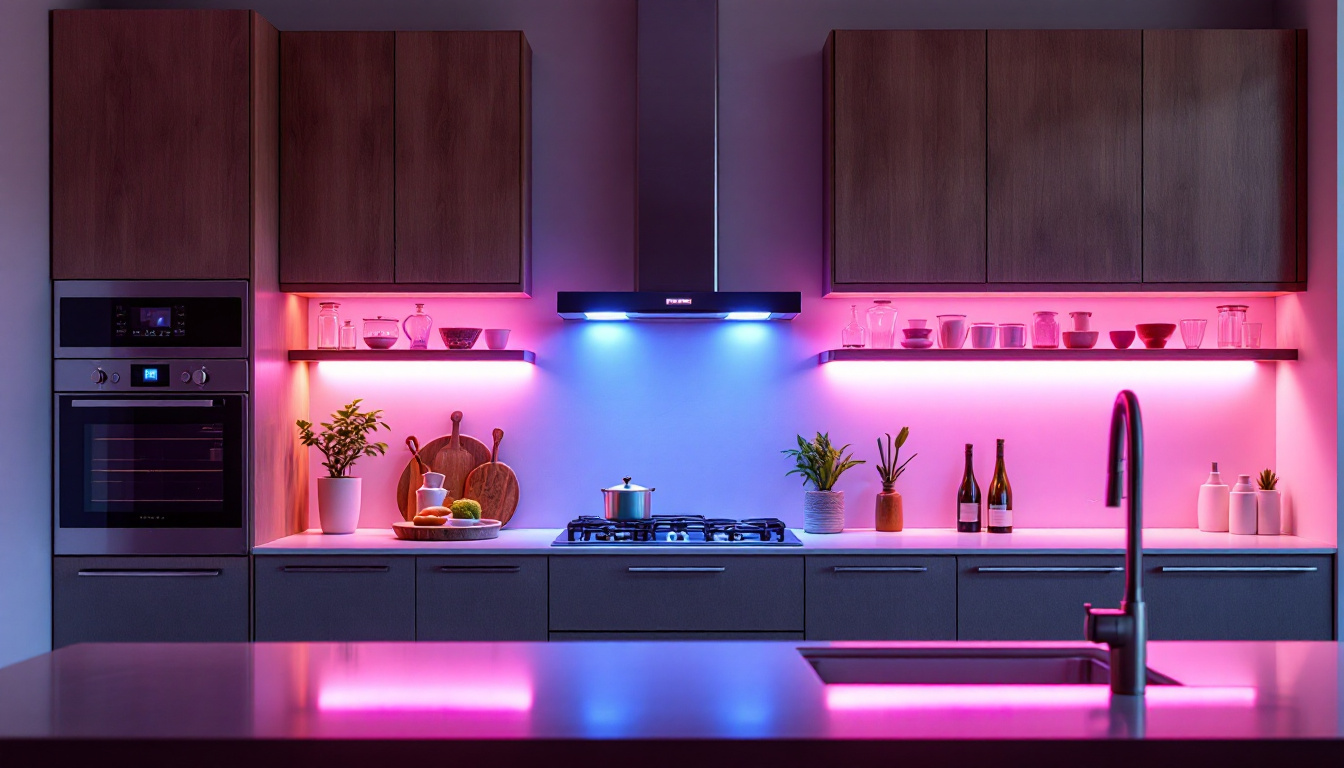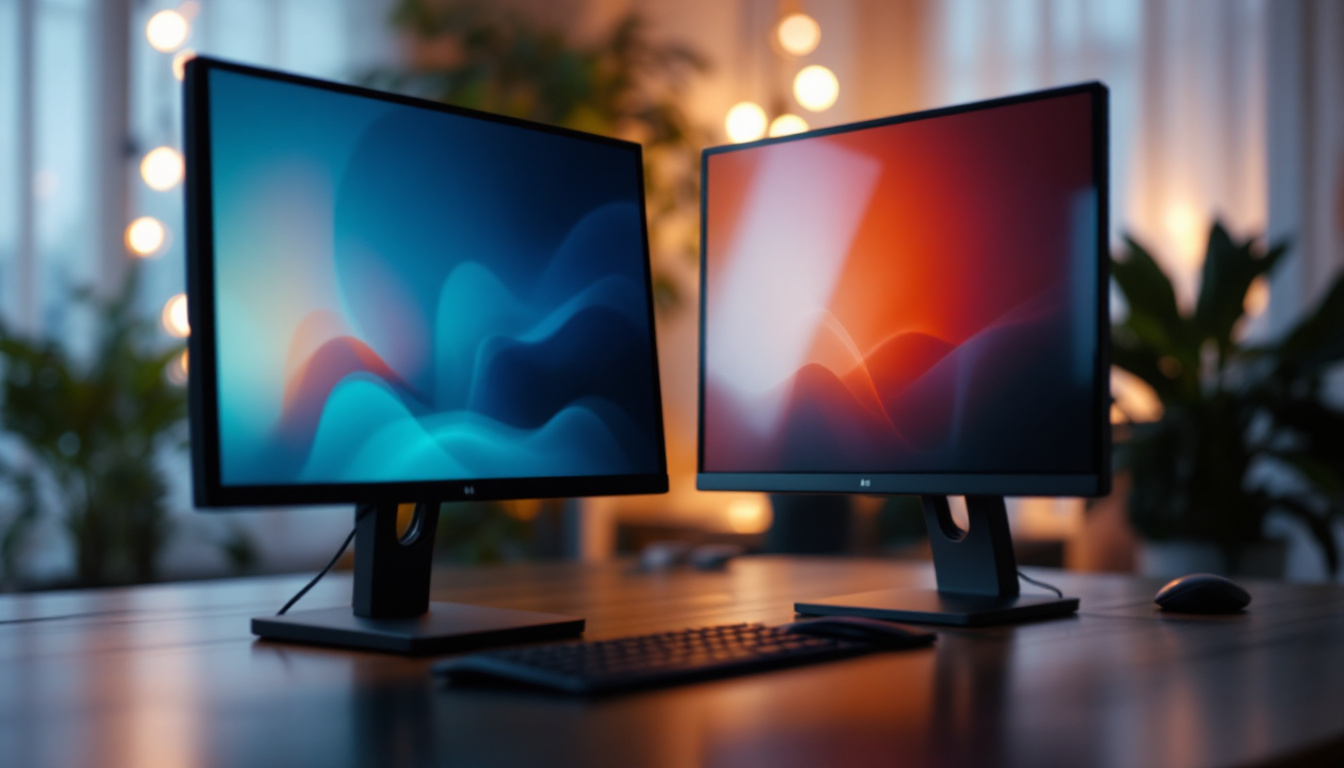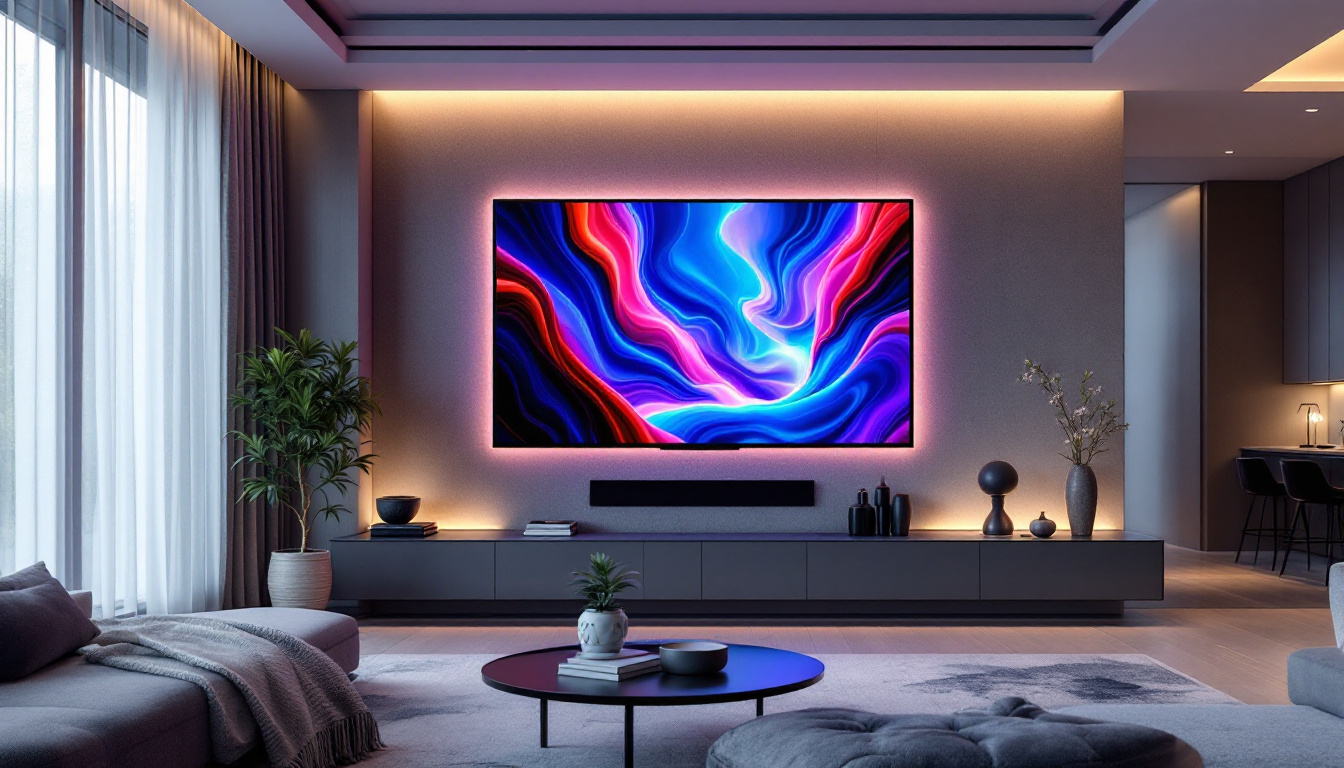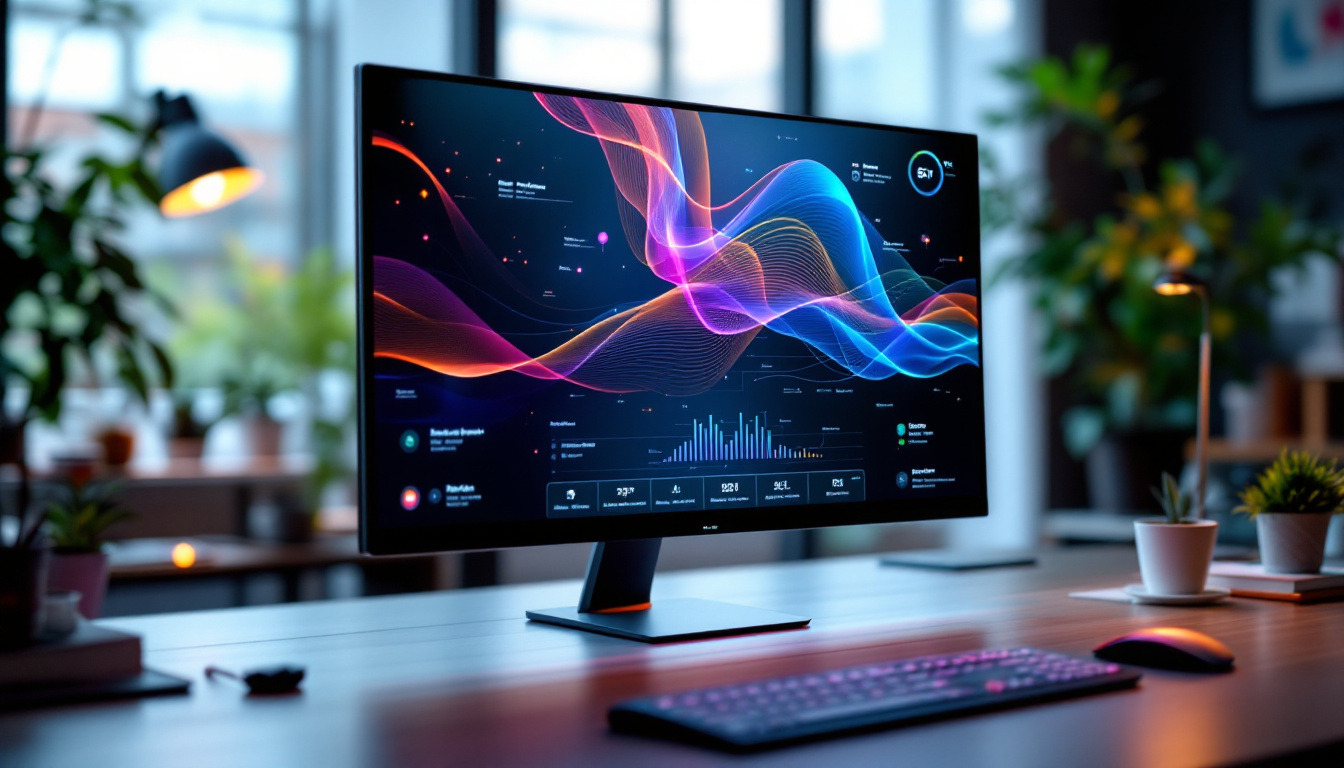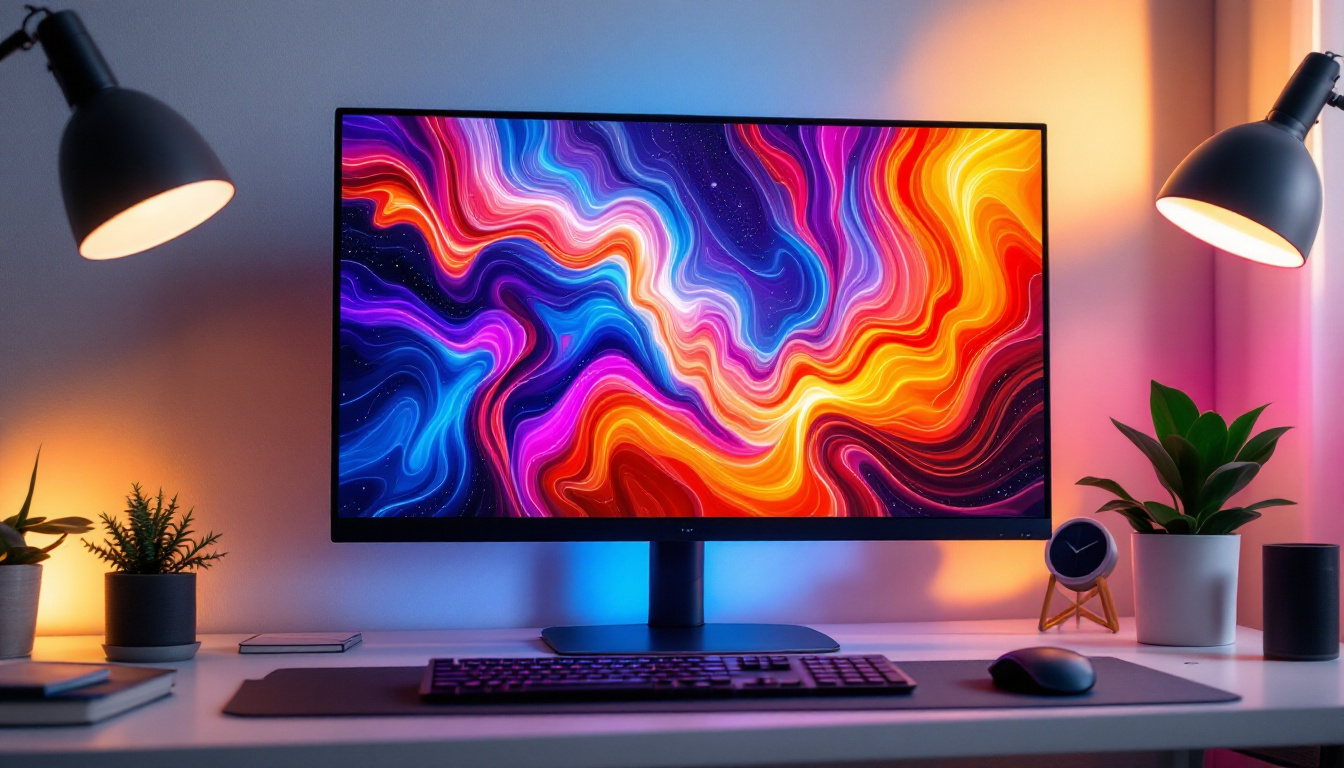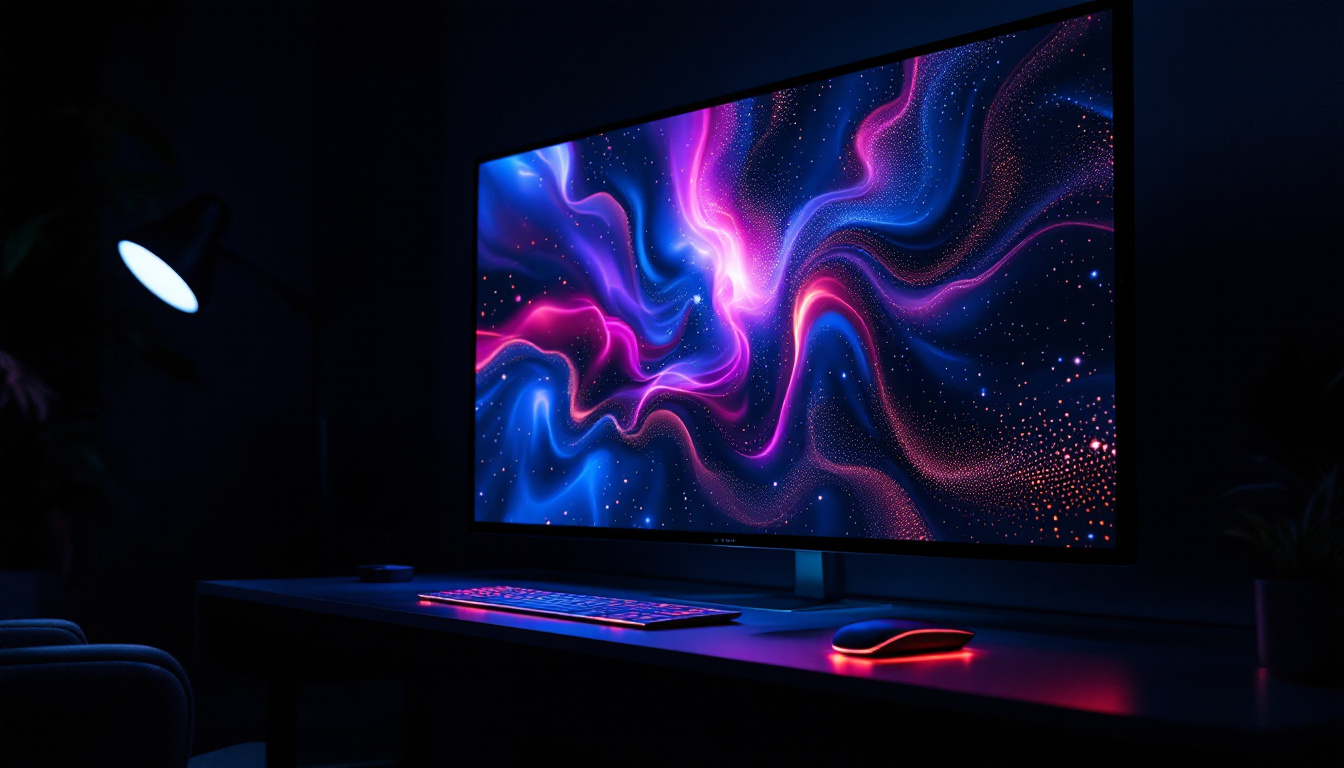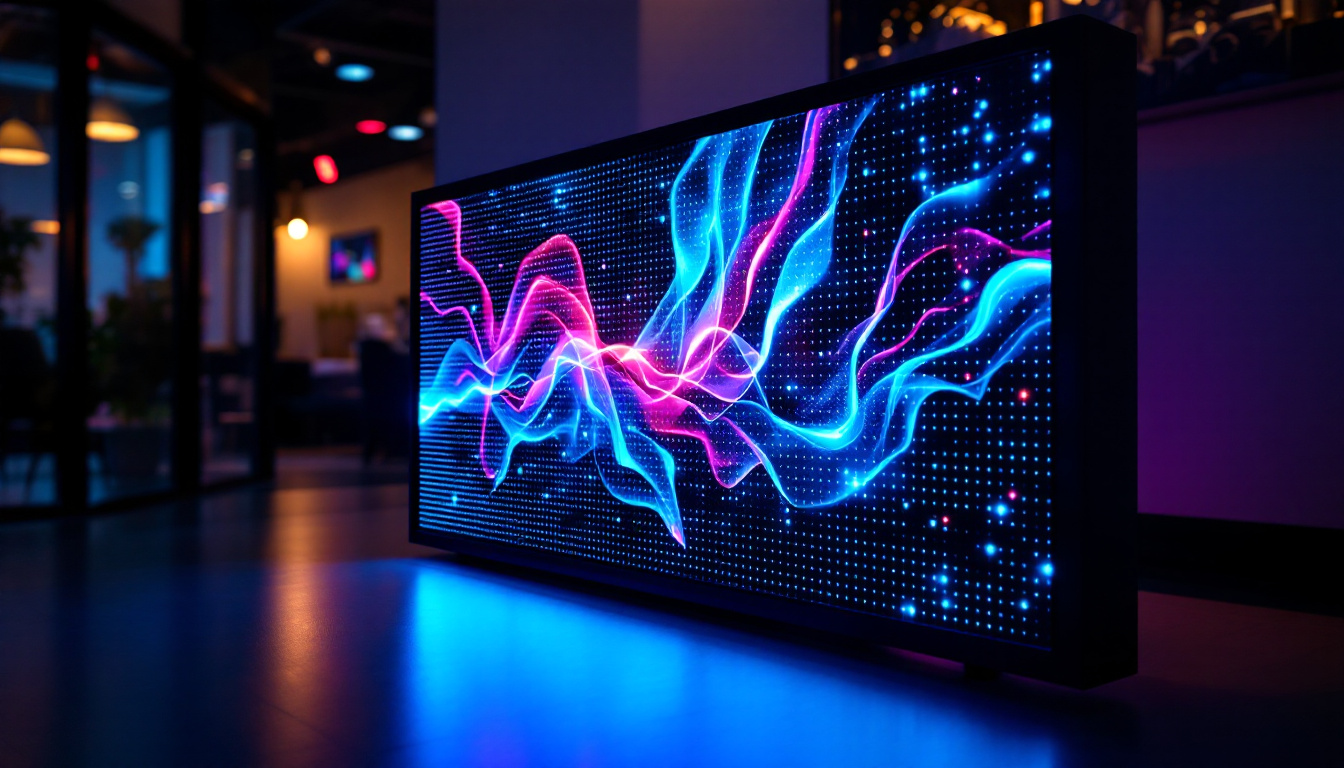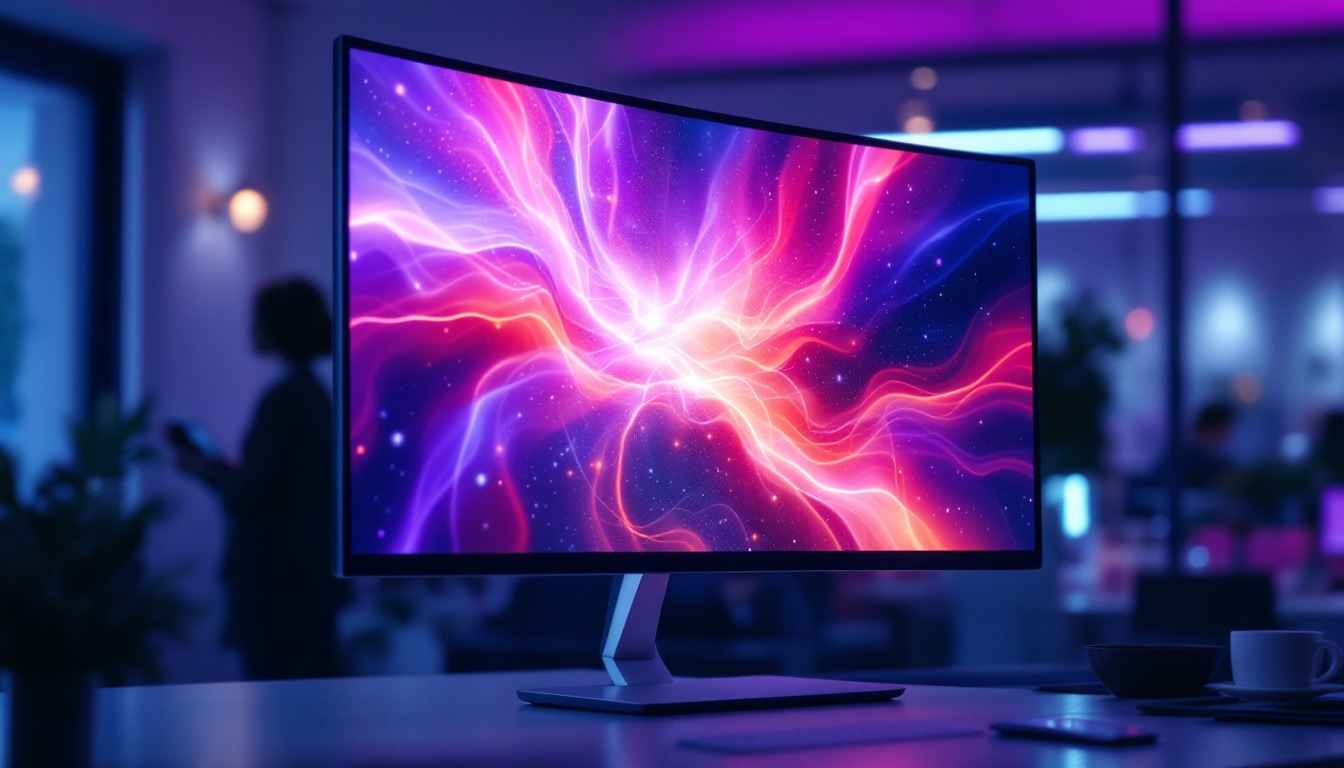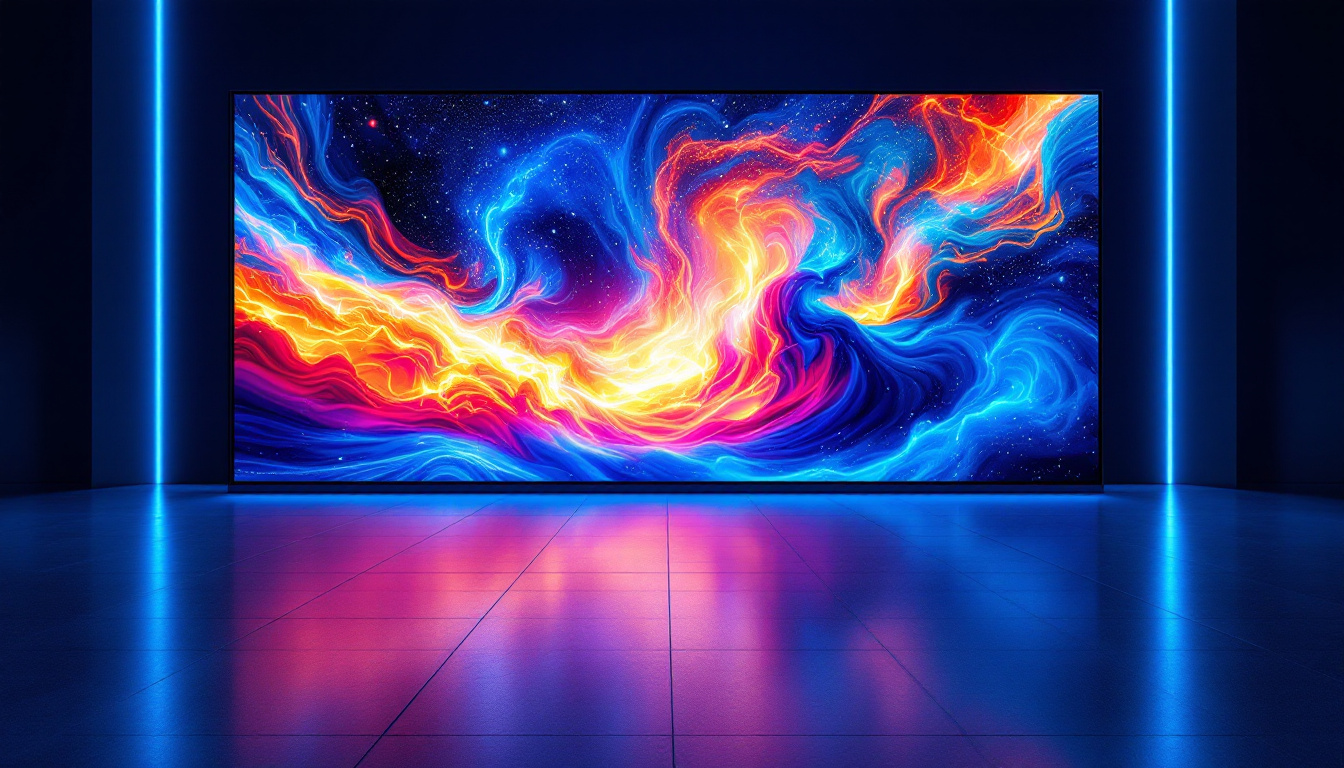In the realm of woodworking, a planer is an essential tool that allows craftsmen to achieve smooth, even surfaces on wood. With the advent of technology, modern planers now come equipped with advanced features, including LED displays that enhance usability and precision. This article delves into the significance of LED displays in planers, exploring their functionality, benefits, and the best options available in the market.
Understanding the Basics of Planers
Before diving into the specifics of LED displays, it is crucial to understand what a planer is and its role in woodworking. A planer is a machine that reduces the thickness of wood and provides a smooth finish. It works by removing material from the surface of the wood, allowing for a consistent thickness and texture. The process of planing not only enhances the aesthetic appeal of the wood but also ensures that it is ready for further processing, such as sanding or finishing. A well-planed piece of wood is essential for achieving a professional look in any woodworking project.
There are various types of planers, including handheld models and stationary versions. Each type serves a different purpose and is suited for specific tasks, ranging from small DIY projects to large-scale woodworking endeavors. Handheld planers are perfect for quick adjustments and smaller pieces, while stationary planers are designed for larger boards and more extensive work. Regardless of the type, the goal remains the same: to create flat, even surfaces that enhance the overall quality of the finished product. Understanding the capabilities and limitations of each type of planer can significantly impact the efficiency and outcome of a woodworking project.
The Importance of Precision in Woodworking
Precision is paramount in woodworking. A slight inconsistency in thickness can lead to issues during assembly and finishing. This is where the features of modern planers, particularly those with LED displays, come into play. These displays provide real-time information about the thickness settings and other critical parameters, allowing woodworkers to make informed adjustments quickly. The integration of technology in woodworking tools has revolutionized the craft, making it easier for both novice and experienced woodworkers to achieve their desired results with greater accuracy.
Moreover, the advent of digital planers has introduced features such as programmable settings and memory functions, which can store frequently used thickness measurements. This not only saves time but also reduces the chances of human error during repetitive tasks. As woodworkers become more adept at utilizing these advanced features, they can focus on the creative aspects of their projects rather than getting bogged down by the technicalities of measurement. The combination of traditional craftsmanship and modern technology has truly elevated the woodworking experience, allowing artisans to push the boundaries of their creativity while maintaining the highest standards of precision.
What is an LED Display in a Planer?
An LED display in a planer is a digital screen that provides visual feedback on various settings and measurements. This feature has become increasingly popular due to its ability to enhance the user experience and improve accuracy. The display typically shows the current thickness setting, feed rate, and other essential data that can help users achieve the desired results.
Key Features of LED Displays
LED displays in planers come with several key features that contribute to their effectiveness:
- Real-time Measurements: Users can see the exact thickness of the wood being processed, allowing for immediate adjustments.
- Easy-to-Read Interface: The bright and clear display ensures that users can read the settings easily, even in low-light conditions.
- Error Notifications: Some models include alerts for potential issues, such as when the material is too thick for the current setting.
Benefits of Using LED Displays
Integrating LED displays into planers offers numerous benefits that enhance both the functionality and user experience:
- Increased Accuracy: The precision provided by LED displays minimizes the risk of human error, ensuring that the wood is planed to the exact specifications.
- enhanced efficiency: Quick adjustments based on real-time data can significantly reduce the time spent on each project.
- User-Friendly Operation: The intuitive interface of LED displays makes it easier for both beginners and experienced woodworkers to operate the machine.
Moreover, the incorporation of LED displays can also lead to improved safety in woodworking environments. By providing clear visual indicators, users can quickly assess the machine’s status and make informed decisions. This is particularly beneficial in busy workshops where multiple operations may be occurring simultaneously, as it reduces the likelihood of accidents caused by miscommunication or oversight. Additionally, many modern LED displays are designed to be durable and resistant to the wear and tear of a workshop setting, ensuring that they remain functional and reliable over time.
Another noteworthy aspect of LED displays is their ability to connect with other smart technologies. Some advanced planers are now equipped with Bluetooth or Wi-Fi capabilities, allowing users to sync their machines with mobile apps or computers. This connectivity can provide further insights into the planing process, including historical data analysis and performance tracking. Such features not only empower users to optimize their workflow but also facilitate better maintenance practices, as they can receive alerts for scheduled service or potential issues before they escalate.
Choosing the Right Planer with LED Display
When selecting a planer with an LED display, several factors should be considered to ensure that the tool meets specific needs and requirements. Here are some key aspects to keep in mind:
Type of Planer
There are two main types of planers: portable and stationary. Portable planers are ideal for smaller projects and can be easily transported, while stationary planers are more suited for larger workshops and heavy-duty tasks. Depending on the intended use, the choice between these two types will influence the decision. For instance, if you frequently work on-site or need to move your equipment around, a portable planer offers the flexibility you need. On the other hand, if you have a dedicated workspace and often work with larger pieces of lumber, a stationary planer will provide the stability and power necessary for high-volume tasks.
Power and Performance
The power of the motor is another critical factor. A more powerful motor can handle thicker materials and provide a smoother finish. Additionally, consider the feed rate, as a higher feed rate can increase productivity, especially for larger projects. It’s also worth noting that the type of blades used in the planer can affect performance; high-speed steel (HSS) blades are common, but carbide blades can offer longer life and better cutting performance. Understanding the balance between power and blade quality is essential for achieving the best results in your woodworking endeavors.
Additional Features
Beyond the LED display, look for other features that enhance usability. For instance, some planers come with built-in dust collection systems, adjustable tables, and multiple speed settings. These features can significantly improve the overall experience and efficiency of the tool. Moreover, an LED display can provide real-time feedback on the depth of cut and feed rate, allowing for precise adjustments on the fly. Some advanced models even include digital readouts that can help you maintain consistent thickness across various pieces of wood, ensuring uniformity in your projects. This level of precision is particularly beneficial for craftsmen who prioritize detail and quality in their work.
Additionally, consider the ergonomics of the planer. A comfortable grip and balanced weight distribution can reduce fatigue during extended use, making the tool more enjoyable to operate. Some manufacturers also offer models with noise-reduction technology, which can be a significant advantage in residential areas or shared workspaces. Investing in a planer that combines power, precision, and user-friendly features can transform your woodworking experience and elevate the quality of your finished products.
Top Planers with LED Displays in the Market
With a plethora of options available, choosing the right planer can be overwhelming. Here are some of the top planers equipped with LED displays that stand out in the market:
1. DeWalt DCP580B 20V Max Planer
The DeWalt DCP580B is a portable, battery-operated planer that features a clear LED display. This model is known for its powerful motor and lightweight design, making it perfect for both professionals and hobbyists. The LED display provides real-time feedback on thickness settings, ensuring precision with every pass.
2. Makita KP0810 3-1/4-Inch Planer
Makita’s KP0810 is a stationary planer that combines power and efficiency. The LED display is easy to read and provides accurate thickness measurements. Additionally, this model features a built-in dust collection system, making it a favorite among woodworkers who prioritize cleanliness in their workspace.
3. Bosch PL2632K Planer
The Bosch PL2632K is another excellent option, featuring an LED display that shows thickness settings clearly. This planer is designed for versatility, allowing users to tackle a range of projects with ease. Its ergonomic design and lightweight construction make it comfortable to use over extended periods.
Maintenance Tips for Planers with LED Displays
To ensure the longevity and optimal performance of a planer, regular maintenance is essential. Here are some tips to keep in mind:
Cleaning the Blades
Regularly check and clean the blades to maintain sharpness. Dull blades can lead to uneven surfaces and increased strain on the motor. Depending on usage, it may be necessary to replace the blades periodically to ensure consistent performance.
Inspecting the LED Display
Keep the LED display clean and free from dust and debris. A dirty display can hinder visibility and make it difficult to read settings accurately. Use a soft cloth to gently wipe the screen, ensuring that it remains clear for optimal usability.
Regular Calibration
Periodically calibrate the planer to ensure that the thickness settings are accurate. This can usually be done by following the manufacturer’s instructions. Regular calibration helps maintain precision and prevents errors during operation.
Conclusion
In conclusion, the integration of LED displays in planers has revolutionized woodworking, providing users with enhanced accuracy, efficiency, and ease of use. When selecting a planer, it is essential to consider factors such as type, power, and additional features to find the best fit for specific needs. With the right planer in hand, woodworkers can achieve exceptional results, transforming raw materials into beautifully finished products.
Investing in a planer with an LED display is not only a step towards improved craftsmanship but also a commitment to embracing modern technology in woodworking. As the industry continues to evolve, staying informed about the latest tools and features will ensure that woodworkers can continue to create with precision and confidence.
Enhance Your Woodworking with LumenMatrix LED Displays
Ready to take your woodworking projects to the next level? Discover the unparalleled precision and quality of LumenMatrix’s innovative LED display technology. With solutions ranging from Indoor and Outdoor LED Wall Displays to specialized options like Vehicle, Sports, and Custom LED Displays, LumenMatrix is committed to revolutionizing your visual experience. Elevate your craft and captivate your audience with vibrant, clear, and reliable LED displays. Don’t miss out on the opportunity to enhance your brand visibility and create stunning visual narratives. Check out LumenMatrix LED Display Solutions today and see the difference for yourself!

